- April 24, 2024
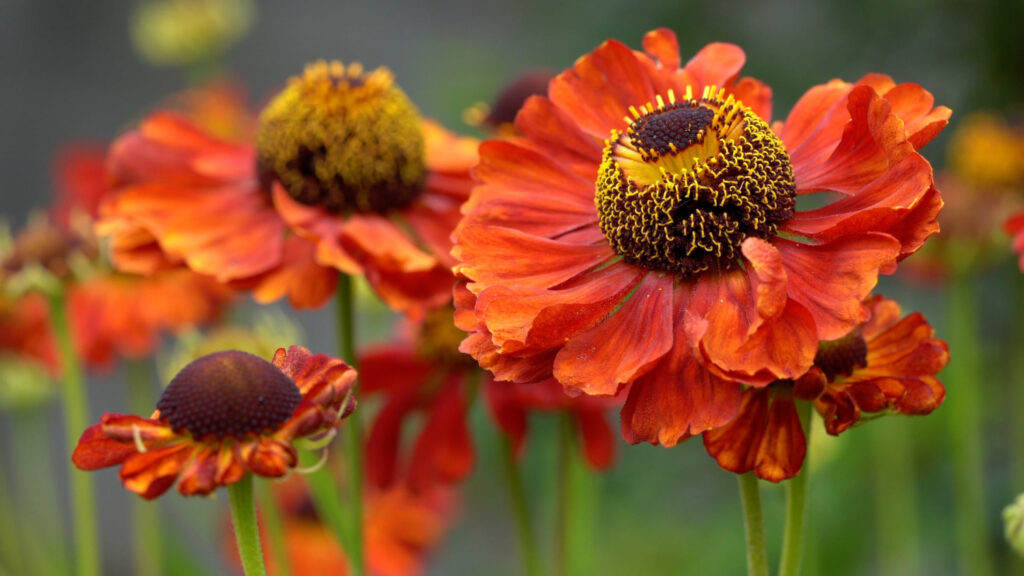
Companion planting for sneezeweed is an experience-based observation developed over centuries. People have noticed that planting certain plants side by side has a positive effect on each other, increasing the quality and quantity of the harvest. Companion planting is not set in stone and it is the least you can do for your plants. You can get the right care from the individual plant article. You can see the companion and the enemy plants of sneezeweed below.
Why does companion planting work?
Companion planting works due to several interconnected factors:
Pest Control: Certain plants emit natural chemicals or scents that repel pests, effectively acting as natural pest deterrents for nearby plants. This reduces the need for chemical pesticides and fosters a more balanced ecosystem.
Attracting Beneficial Insects: Some companion plants attract beneficial insects like ladybugs, hoverflies, and predatory wasps, which feed on common garden pests. This creates a natural form of pest control and helps maintain ecological balance.
Soil Improvement: Different plants have varying root structures and nutrient requirements. Companion planting can enhance soil health by reducing soil erosion, suppressing weeds, and improving nutrient uptake. For example, leguminous plants fix nitrogen in the soil, benefiting neighboring plants that require nitrogen for growth.
Competition Reduction: Companion planting can help reduce competition for resources such as water, sunlight, and nutrients by utilizing plants with complementary growth patterns and root structures. This allows for more efficient resource utilization and healthier plant growth.
Biodiversity and Resilience: Planting diverse species together increases biodiversity in the garden, which can enhance ecosystem resilience. A diverse ecosystem is better equipped to withstand pests, diseases, and environmental stresses compared to monocultures.
Maximizing Space: Companion planting allows gardeners to make the most of limited space by intercropping plants with different growth habits and maturity rates. This maximizes yield per square foot and promotes efficient land use.
Overall, companion planting capitalizes on the natural synergies between plant species, creating a thriving and sustainable garden ecosystem.
What are the companion plants of sneezeweed?
The following plants have positive effects on the growth of your sneezeweed. These plants can repel pests that damage your plants. These plants provide increased nutrition to the soil that your plants can use. Therefore, we recommend planting these plants next to your sneezeweed.
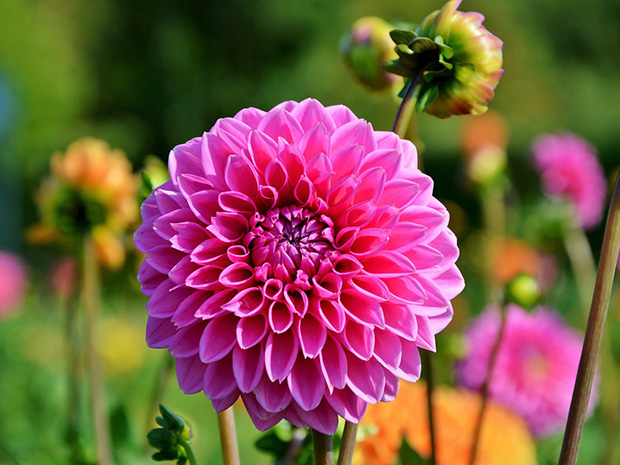
Dahlias
Dahlias prefer well-drained, fertile soil with a pH between 6.5 and 7.0, enriched with organic matter like compost. They need regular watering to keep the soil consistently moist but not waterlogged. Dahlias are prized for their vibrant blooms and contribute to garden diversity, attracting pollinators like bees and butterflies while also adding beauty to landscapes and bouquets.
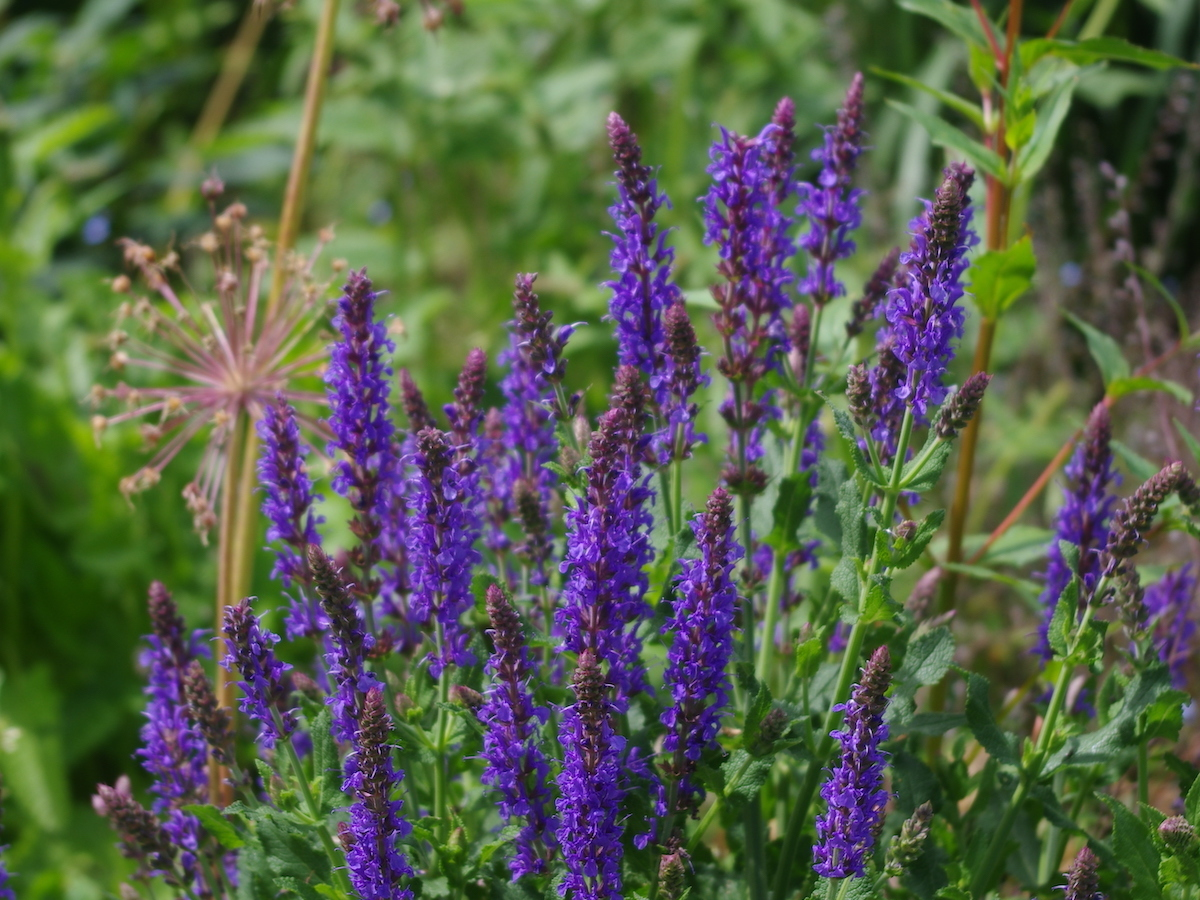
Salvia
Salvia plants thrive in well-drained soil with a pH between 5.5 and 6.5, enjoying full sunlight to partial shade. They require minimal care, with occasional watering during dry periods and deadheading to promote continuous blooming. Salvia's vibrant flowers not only add beauty to garden landscapes but also attract pollinators like bees and butterflies, contributing to garden biodiversity and ecosystem health.
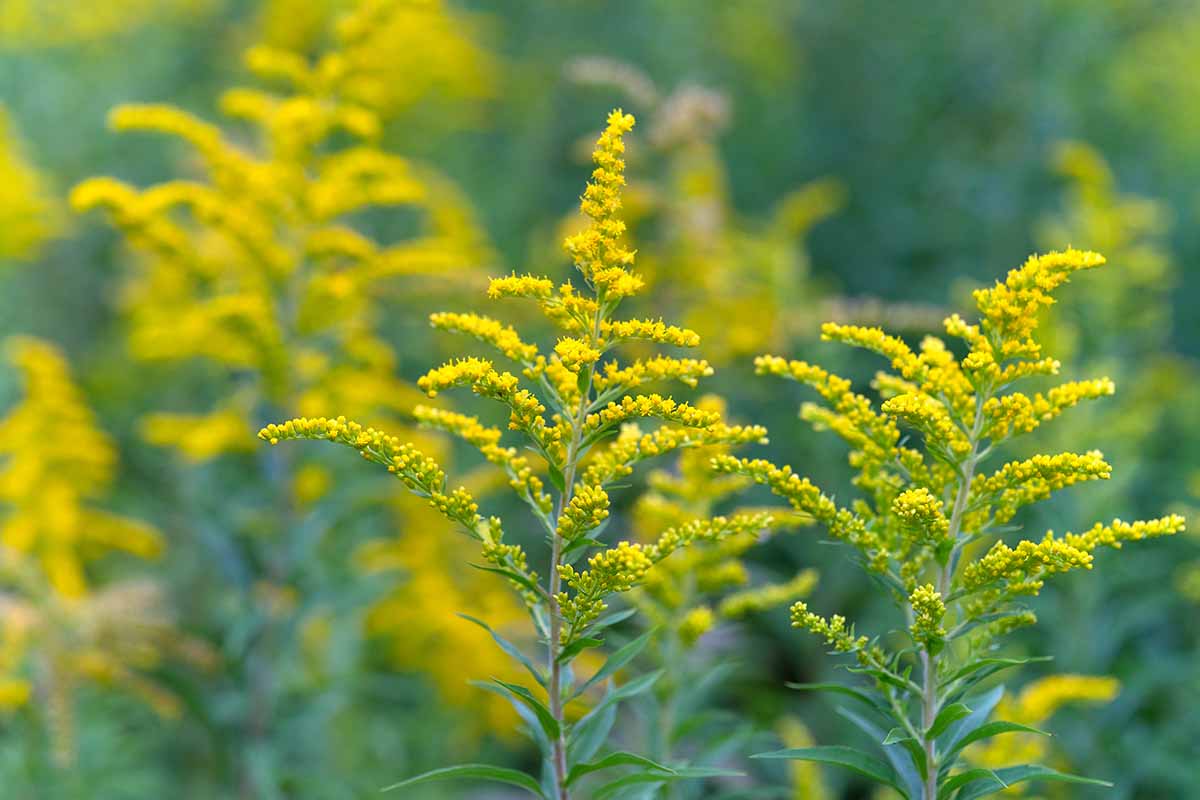
Goldenrod
Goldenrod, a beacon of late-summer beauty, thrives in full sun, though it tolerates some shade with reduced blooming. It prefers well-drained, slightly acidic to neutral soil (pH 6-7.5), and can adapt to various soil types, from sandy to clay. Rich soil might make it leggy, but in the right conditions, its vibrant blooms illuminate gardens and attract pollinators.
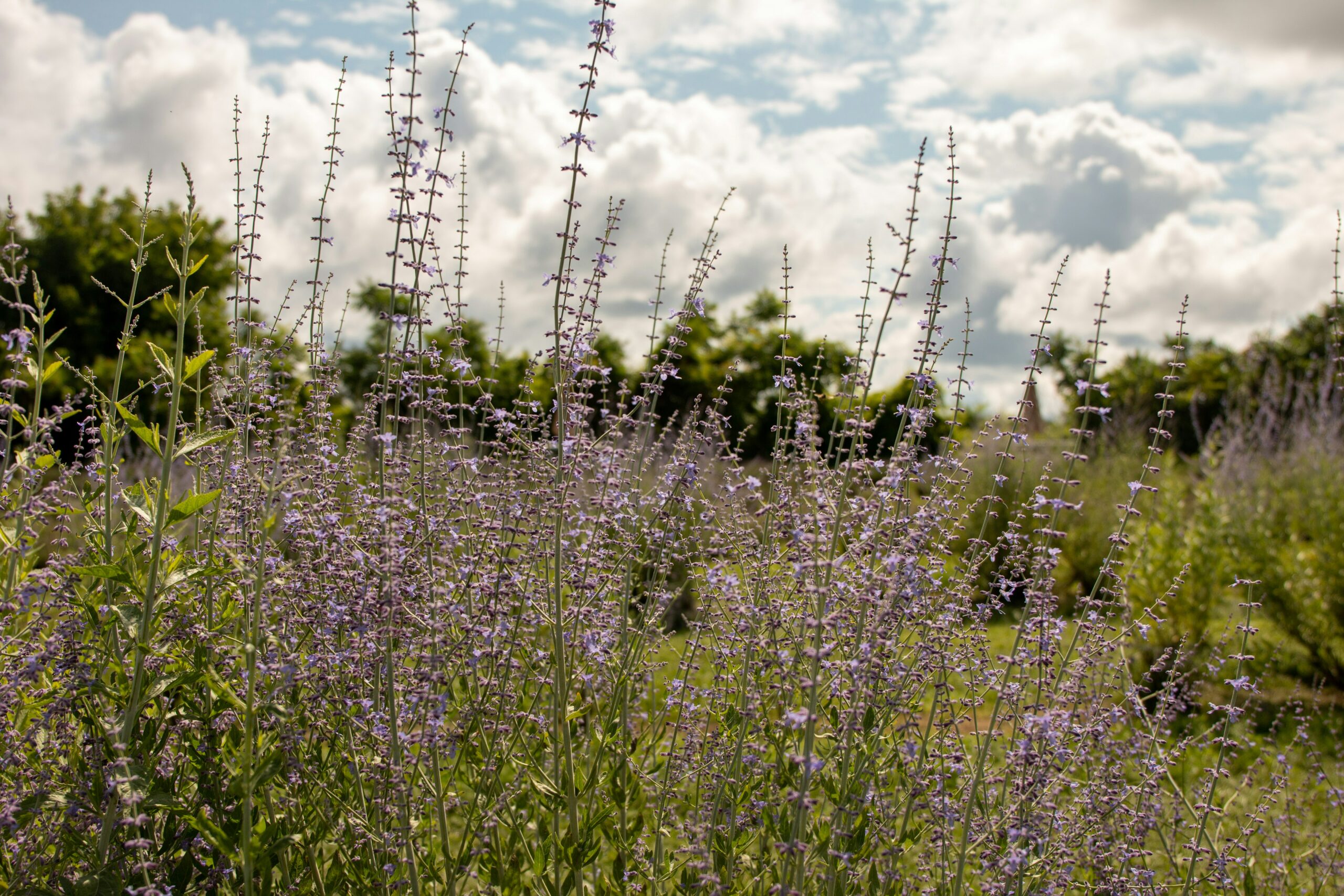
Russian Sage
Russian Sage grows in various soil conditions. Flourishing in well-drained, sandy or loamy soil with a pH range between 6.0 and 8.0. Full sunlight and good air circulation nurture its delicate leaves and wispy stems. Russian Sage provides invaluable benefits to neighboring plants by attracting pollinators, enhancing garden aesthetics, and offering a touch of silvery beauty to the landscape.
